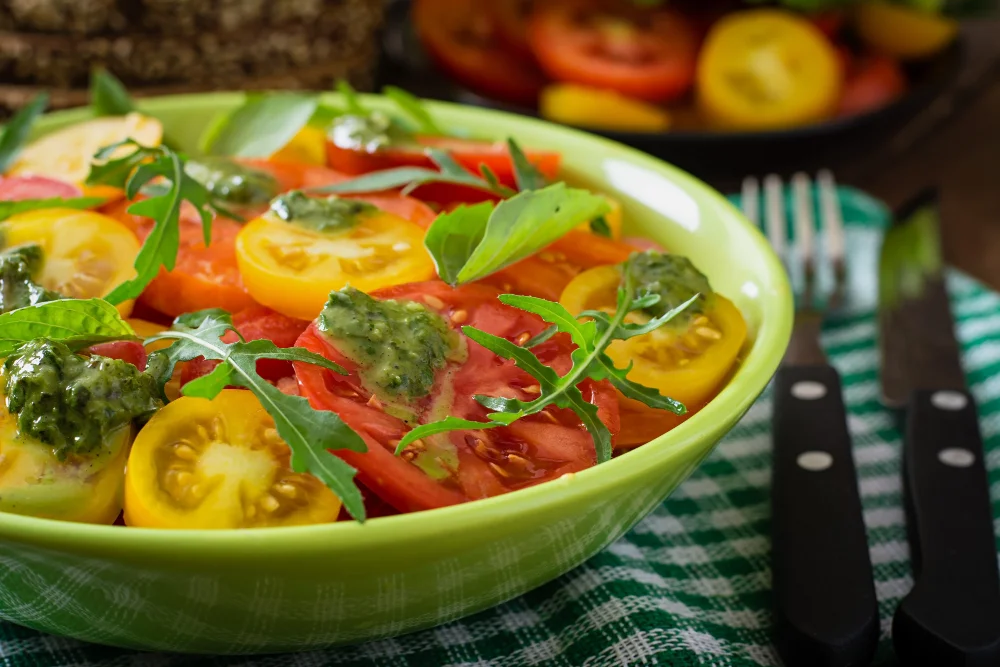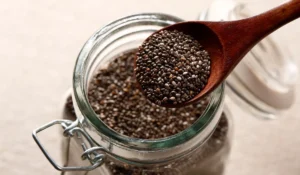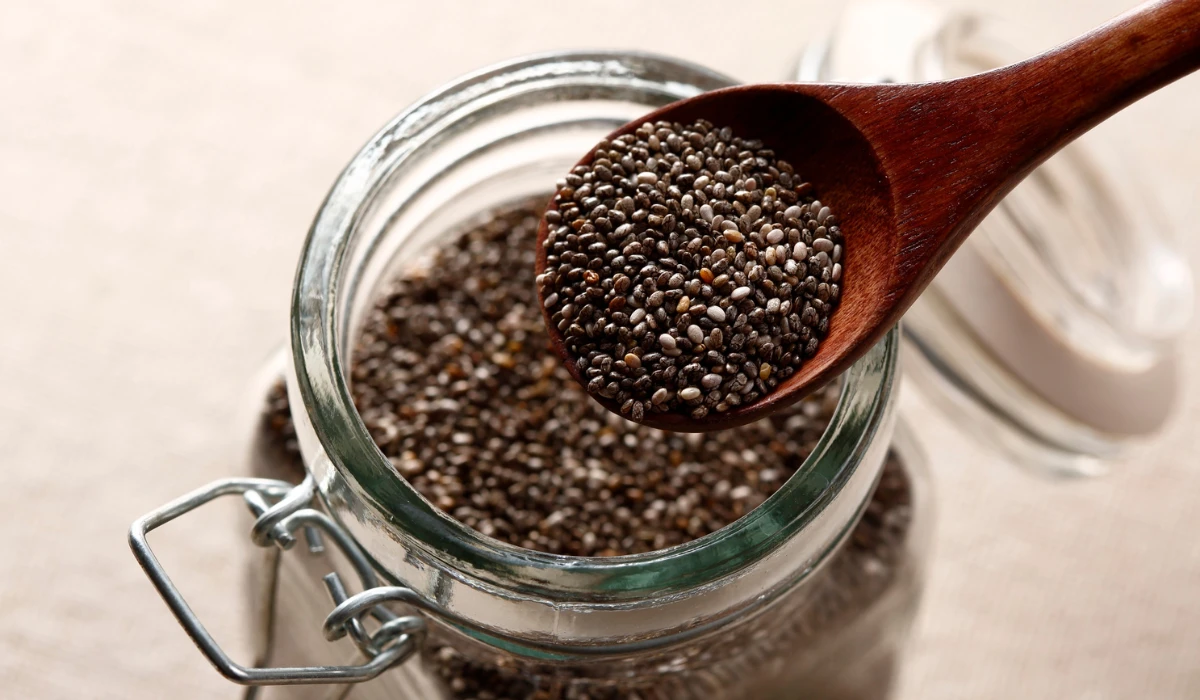Eating fresh vegetables every day is one of the best things you can do for your health. But the real question is, how can you make them tasty, exciting, and satisfying? That’s where healthy vegetable recipes come in. These dishes turn simple ingredients into flavorful meals that are rich in fibre, vitamins, and antioxidants.
In this detailed guide, you’ll discover how to cook vegetables that taste amazing without losing their nutrition. From salads and soups to roasted and stir-fried options, these ideas will help you eat better while enjoying every bite.
Why Healthy Vegetable Recipes Are Essential
Vegetables are packed with essential nutrients, minerals, and antioxidants that support digestion, immunity, and heart health. They also provide dietary fibre, which helps maintain gut balance and prevents overeating. When you include colourful vegetables in your daily meals, you fuel your body naturally and reduce the risk of lifestyle diseases.
Another reason these recipes matter is their versatility. Whether you’re a vegan, vegetarian, or simply trying to eat healthier, vegetable-based dishes can adapt to your taste. You can roast, sauté, bake, or grill them; the possibilities are endless.
Benefits of Adding Vegetables to Your Diet
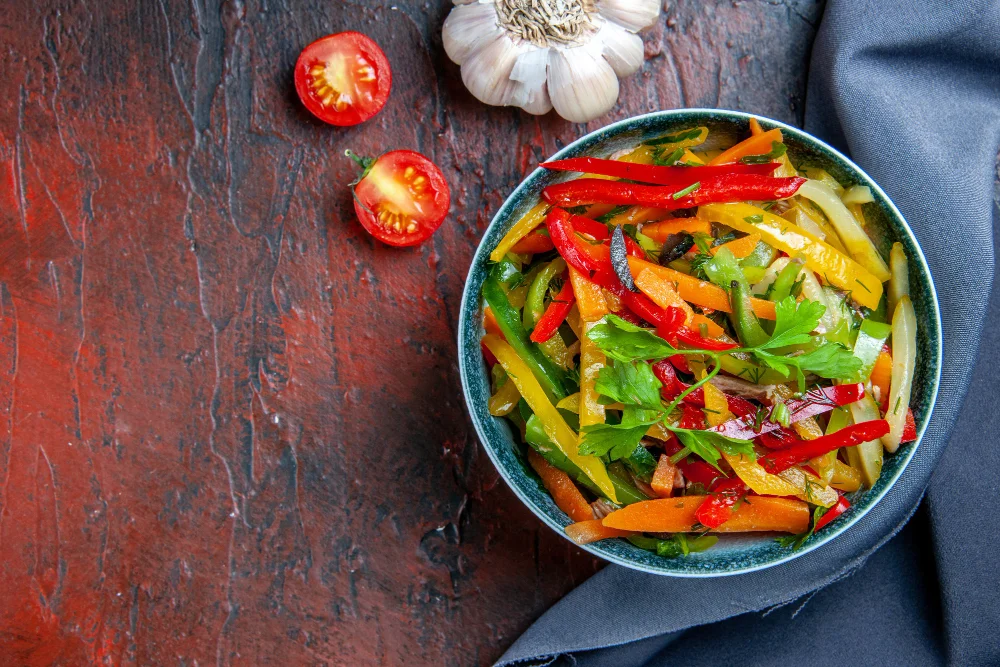
Incorporating vegetables into your meals doesn’t just promote better health; it also enhances flavour and texture. Each vegetable brings its unique colour and nutrient profile to the table.
Eating a wide range of vegetables supports overall wellness by:
- Boosting your immune system naturally
- Improving digestion through fibre
- Helping manage weight and blood sugar levels
- Enhancing energy levels and skin health
- Reducing inflammation and fatigue
A plate full of vegetables is more than a meal; it’s a step toward long-term vitality.
Colourful Veggie Salad Bowls
One of the easiest and tastiest ways to enjoy vegetables is by preparing colourful, nutrient-rich salad bowls. They’re light, filling, and full of flavour. A good salad is more than just raw greens; it’s a blend of textures, tastes, and colours that make eating healthy feel exciting rather than routine. Mixing roasted, steamed, and fresh vegetables brings depth to every bite, while a touch of dressing ties it all together perfectly.
Use Seasonal Vegetables for Maximum Freshness and Flavour
Seasonal vegetables taste better and contain more nutrients. Fresh summer produce like tomatoes and cucumbers adds brightness, while winter vegetables like spinach and beets bring earthy richness. Choosing seasonal produce keeps your salads flavorful and budget-friendly.
Sprinkle Nuts or Seeds for Crunch and Extra Nutrients
Nuts and seeds give salads a delightful crunch and a nutritional boost. Almonds, pumpkin seeds, or walnuts add protein and healthy fats that keep you full longer. Toasting them lightly before adding enhances both their taste and aroma.
Add Herbs Like Parsley, Mint, or Cilantro to Lift the Taste
Fresh herbs instantly elevate a simple salad into something special. Parsley adds freshness, mint cools the palate, and cilantro offers a zesty punch. They also provide antioxidants that support digestion and overall wellness.
Try Homemade Dressings Using Yogurt, Olive Oil, or Tahini
Homemade dressings are healthier and more flavorful than bottled ones. Mix yogurt with olive oil and lemon for a creamy base, or combine tahini with lime for a rich Mediterranean twist. Natural dressings bring balance and freshness to every bite.
These colourful bowls are perfect for lunch or dinner, offering a light yet filling option full of vitamins, flavour, and texture. Each ingredient works together to create a meal that’s as nourishing as it is satisfying.
One-Pan Roasted Healthy Vegetable Recipes
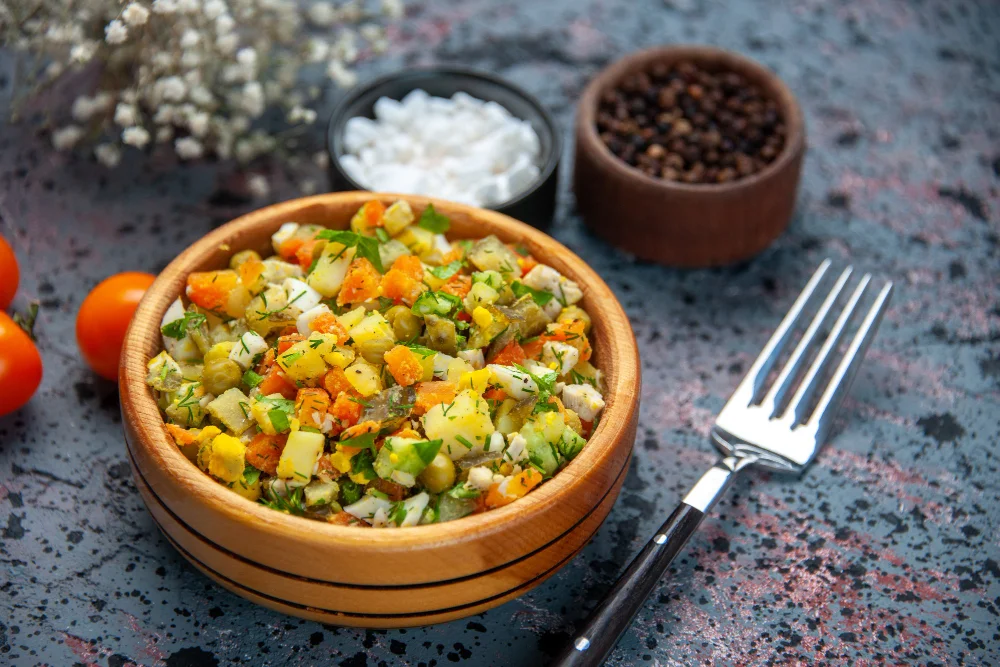
If you love hands-off cooking, roasting is your best friend. This method enhances natural sweetness and creates crispy, golden edges that make vegetables irresistible.
Preheat the oven to 200°C (400°F). Chop vegetables like carrots, potatoes, broccoli, zucchini, onions, and peppers into similar sizes. Toss them with olive oil, salt, pepper, garlic powder, and herbs like rosemary or thyme. Spread evenly on a baking sheet and roast for 25 minutes, stirring halfway.
Comforting Vegetable Soups: Healthy Vegetable Recipes
Soups are a warm, comforting way to enjoy a wide range of vegetables, especially during colder months. They’re light on the stomach, hydrating, and full of essential nutrients that support overall health. To make a hearty soup, sauté onions, garlic, and celery in olive oil, then add chopped vegetables like carrots, zucchini, tomatoes, spinach, or peas.
Pour in vegetable broth, season well, and simmer until tender for a delicious, nutrient-rich meal. For extra flavour and balance, mix in lentils or beans for added protein and fibre. Enhance the aroma with herbs like basil, oregano, or thyme, and finish with a swirl of olive oil or a spoonful of Greek yoghurt.
For more ideas on nutritious and flavorful dishes, check out these healthy Blackstone recipes that are perfect for maintaining a balanced diet.
Stir-Fried and Sautéed Healthy Vegetable Recipes
Stir-frying is a quick and flavorful way to preserve the crunch and nutrients of vegetables. Using minimal oil and high heat helps retain color and vitamins.
Heat olive oil or sesame oil in a pan, add minced garlic and ginger, then toss in chopped vegetables like broccoli, carrots, and snap peas. Stir constantly for 3–5 minutes until they turn bright and tender-crisp.
Simple Tips for Perfect Stir-Fried Vegetables
- Add a splash of soy sauce, lemon juice, or chili flakes for flavor.
- Include tofu or tempeh to make it a balanced meal.
- Serve with brown rice, noodles, or quinoa for a complete dinner.
This method ensures you enjoy delicious meals even on your busiest nights.
Creative Ways to Use Vegetables Daily
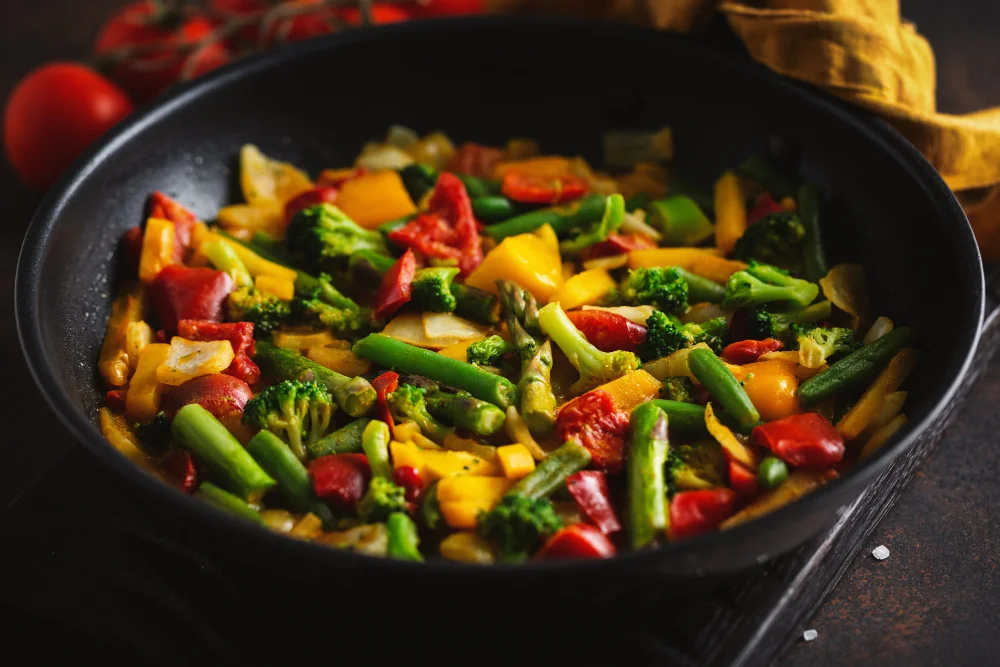
Incorporating vegetables creatively into your meals can make healthy eating more enjoyable. Instead of sticking to plain salads, explore fun and flavorful options that blend effortlessly into your daily routine. From baking to smoothies, veggies can enhance both taste and nutrition in surprising ways.
Veggies in Breakfast
Start your day with a healthy twist by adding grated carrots or zucchini to pancakes, or toss spinach into your morning smoothie for a nutrient boost.
Veggies in Baking
Replace refined flour with mashed pumpkin, sweet potato, or beet purée to create colorful, moist, and healthier baked goods.
Veggies in Main Dishes
Add finely chopped vegetables into sauces, curries, or casseroles for extra texture and hidden nutrients.
Veggies as Pasta Alternatives
Use spiralized zucchini or carrots instead of regular pasta for a low-carb, fiber-rich meal that’s both light and delicious.
Weekly Healthy Vegetable Recipes Plan
Planning your weekly meals around vegetables helps you maintain a balanced diet rich in vitamins, fibre, and minerals. It also keeps your menu exciting with fresh flavours every day. Mix and match cooked and raw veggies for variet,y think soups, stir-fries, salads, and roasted dishes. A well-planned vegetable week ensures you stay nourished, satisfied, and energized throughout your busy schedule.
Here’s how you can plan your week around different vegetable dishes without repetition:
- Monday: Start with a fresh vegetable salad bowl with chickpeas and lemon dressing.
- Tuesday: Enjoy a roasted vegetable medley with quinoa and grilled chicken.
- Wednesday: Prepare a creamy vegetable soup with lentils and spinach.
- Thursday: Make a colourful stir-fry with broccoli, tofu, and bell peppers.
- Friday: Bake vegetable fritters with yoghurt sauce.
- Saturday: Try vegetable pasta with homemade tomato sauce.
- Sunday: Use leftovers to make wraps or veggie tacos.
A simple plan like this ensures variety, balance, and convenience throughout the week.
Pro Cooking Tips for Perfect Healthy Vegetable Recipes
Cooking vegetables properly helps preserve flavour and nutrition. Avoid overcooking, which leads to mushy texture and nutrient loss. Instead, aim for crisp-tender results that keep their vibrant colours.
Always season at every step while cooking and after finishing. A splash of lemon or vinegar at the end brightens any dish instantly. Layer flavours with spices like cumin, turmeric, or smoked paprika. Finally, use high-quality oils such as olive or avocado oil for better taste and heart health.
Transitioning to more vegetable-based meals doesn’t require giving up your favourite foods. It’s about balancing flavour, colour, and nutrition in every bite.
Final Thoughts on Healthy Vegetable Recipes
Healthy vegetable recipes are not just about eating right; they’re about transforming simple ingredients into something joyful and nourishing. Whether you prefer salads, soups, or stir-fries, these dishes show that healthy food can be flavorful and fulfilling.
Experiment with your favourite vegetables, play with spices, and keep your meals colourful because eating well should always be a pleasure, not a chore.

